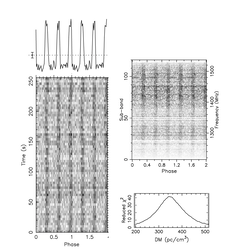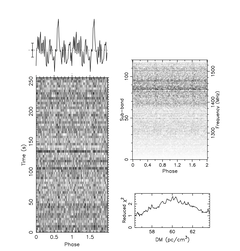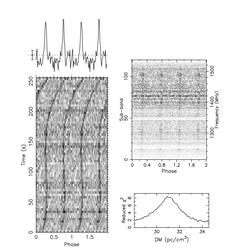It involves hundreds of thousands of sky observations, billions of suspicious readings and tens of thousands of potential discoveries. With Einstein@Home more than a hundred pulsars, dancing stars made of neutrons, have been identified since 2009.
The newly launched project "Pulsar Seekers" is attempting to significantly expand the circle of volunteers. This is the only way to sift through the gigantic amounts of data in a manageable amount of time. This works with the computing power that can be provided by anyone.
Once such a calculation has been completed, a list of almost half a million possible candidates emerges. These typically include a real pulsar, which can then be examined in detail to get closer to answering some of the big questions in physics.
What's the point?
These neutron stars are ultra-compact remnants of a supernova explosion. They rotate and emit radio waves or gamma waves, among other things. This signal is regularly directed towards Earth, so that they appear to pulsate. And it is precisely this phenomenon that can be detected in the data of minute-long observations of the sky, if sufficient computing capacity and time are available.
The special thing about these dancing stars is their structure, which is radically different from the matter we are familiar with. They do not consist of atoms, but of densely packed neutrons, i.e. only one component of atoms, and a very heavy one at that. This is why such a pulsar, typically 15 to 20 miles in diameter, weighs roughly a million billion times more than a celestial body of the same size made of rock or metal. Our entire solar system weights less than such a tiny structure from an astronomical point of view.
It is at the limits of our imagination. But that is precisely why it is used to study extremely dense matter, to test the general theory of relativity and, it is hoped, to understand gravitational waves, which are still difficult to detect. And you can take part in this research with your own PC. After a brief introduction and explanations, you can start searching for pulsars right from your sofa.













